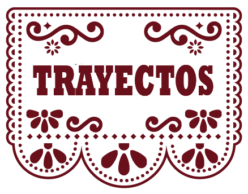![]()
¿Cómo son las diversas clases en la universidad? ¿Qué hay en las clases? Look at these photographs, and discover how many of these words you already know. Again, los cognados will help you! Click on the titles to listen to the words.
En el aula: La clase de español
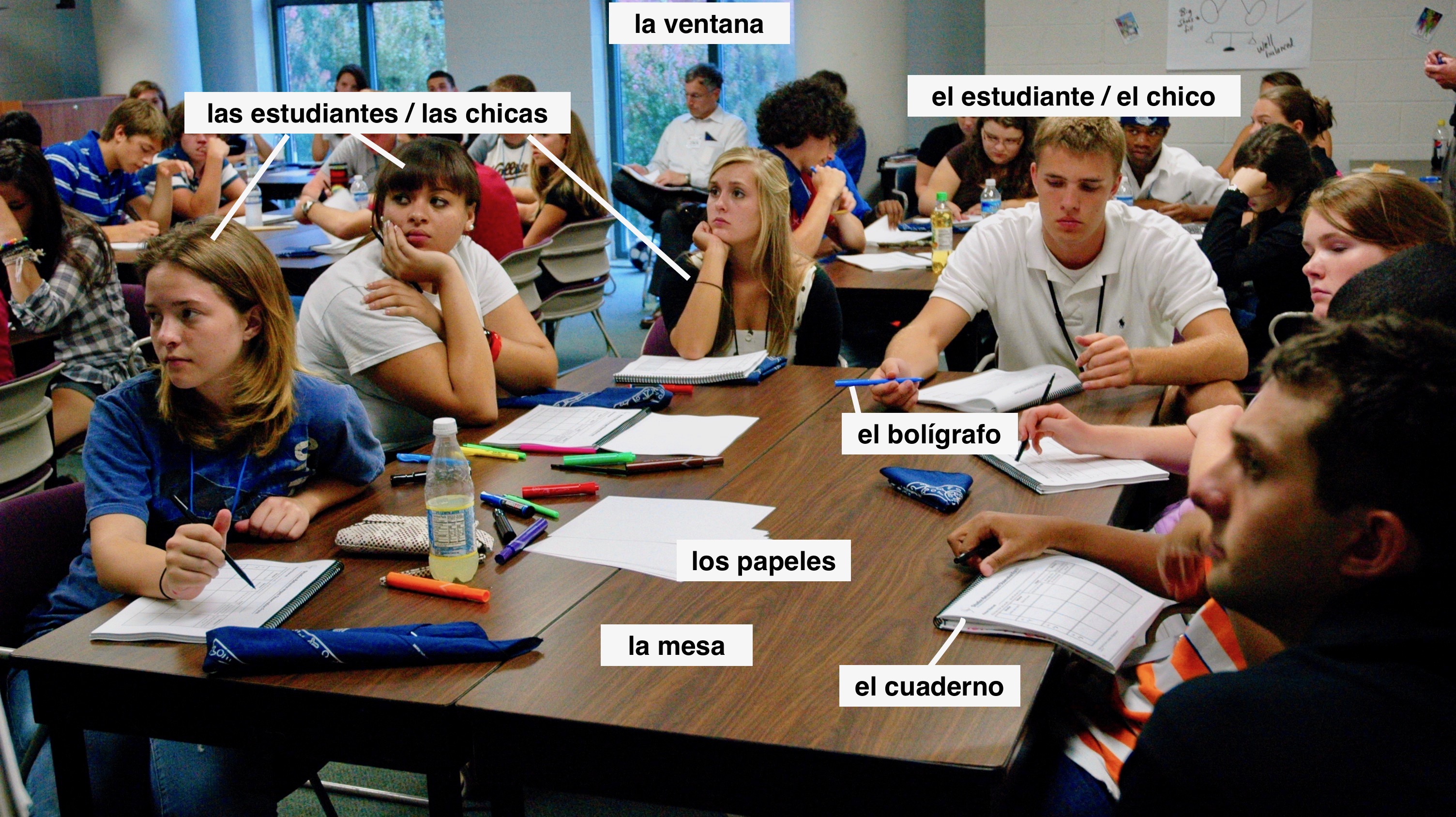
En el salón de clase: La clase de sociología
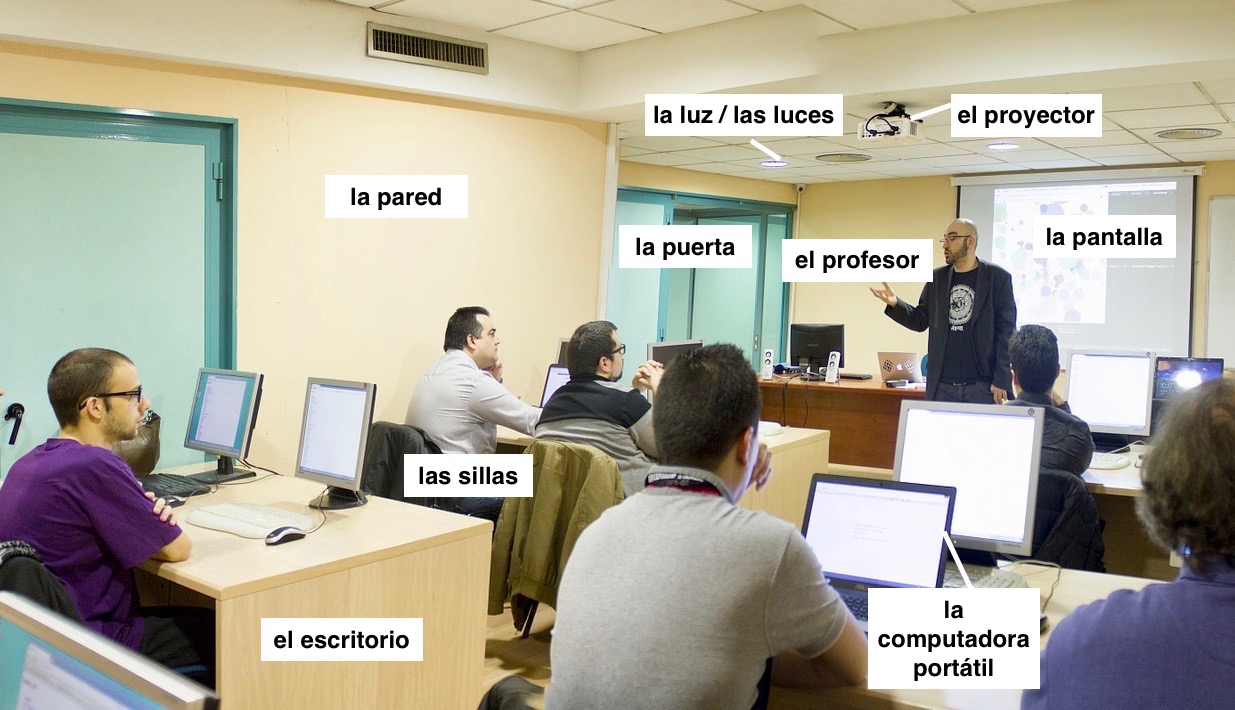
Los objetos de la clase
| la pizarra/el pizarrón | the blackboard |
| el borrador | the eraser (for the blacboard) |
| la tiza | chalk |
| la tableta | the tablet |
| el libro (de texto) | the book / the textbook |
| el lápiz /los lápices | the pencil / pencils |
| la pluma | the ink pen |
| el reloj | the clock |
| la mochila | the backpack |
| la cola (de pegar) | Elmer glue |
| el pegamento | the glue stick |
Las personas en la universidad
| el bibliotecario | the (male) librarian |
| la bibliotecaria | the (female) librarian |
| el compañero (de clase) | the (male) classmate |
| la compañera (de clase) | the (female) classmate |
| el compañero de cuarto | the (male) roommate |
| la compañera de cuarto | the (female) roommate |
| el consejero | the (male) advisor |
| la consejera | the (female) advisor |
| el hombre | the man |
| la mujer | the woman |
| el novio | boyfriend |
| la novia | girlfriend |
Los lugares (places) en la universidad
| el salón de clase/ el aula | the classroom |
| la biblioteca | the library |
| el edificio | the building |
| la librería | the bookstore |
| la papelería | A place where only school and office supplies are sold. |
| la residencia | the dormitory |
| el baño | the bathroom |
| mi cuarto | my room/ my bedroom |
Los cognados
These words are very similar in Spanish and English. What do they mean? Write the meaning in the right column.
| En la clase | |
| la calculadora | |
| el marcador | |
| el examen | |
| la lección | |
| la actividad | |
| el ejercicio | |
| el diccionario | |
| el calendario | |
| el mapa | |
| Los lugares en la universidad | |
| la cafetería | |
| el centro estudiantil | |
| el estadio | |
| el gimnasio | |
| el laboratorio | |
| la oficina | |
| Las clases y las especializaciones: Las lenguas extranjeras | |
| el chino | |
| el francés | |
| el inglés | |
| el griego | |
| el italiano | |
| el portugués | |
| el ruso | |
| Otras clases y especializaciones | |
| la antropología | |
| la arquitectura | |
| el arte | |
| la biología | |
| las ciencias biomédicas | |
| la ciencias políticas | |
| la comunicación | |
| la estadística | |
| la educación bilingüe | |
| la geografía | |
| la historia | |
| la ingeniería | |
| la lingüística | |
| la literatura | |
| las relaciones internacionales | |
| la música | |
| la sicología | |
| la sociología | |
| el teatro | |
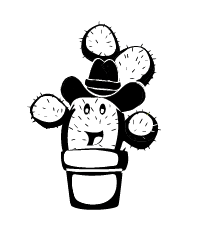 ¡Ojo!
¡Ojo!
Words for classes or majors (e.g., la sociología, la historia, etc.) are not capitalized in Spanish.
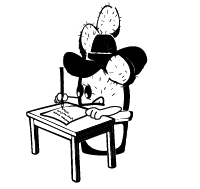 ¡Manos a la obra!
¡Manos a la obra!
![]() Actividad 1-1. Las clases de verano (summer).
Actividad 1-1. Las clases de verano (summer).
En las universidades en los Estados Unidos, hay clases de verano. The same happens at universities in the Spanish-speaking world. But are the same classes offered? Watch the video on http://bit.ly/CursosTrayectos and answer the following questions.
- ¿Cómo se llama la universidad?
- ¿De dónde es la universidad?
- ¿Cuándo son las clases? ¿En mayo, junio o julio?
- ¿Dónde son? Nombra (Name) dos lugares.
- ¿Qué clases hay en la universidad? Nombra (Name) dos clases.
- ¿Cuántas clases de verano hay en la universidad?
- ¿Son las clases similares a las clases en tu universidad?
- ¿Cuáles son tus clases de verano?
Actividad 1-2. Las clases este semestre. ¿Y este semestre? ¿Qué clases hay? Visit the schedule of classes for this semester, and find examples of the following courses. Fill in the blanks with the information required in the table provided. Are any classes similar to the ones offered by the university we have just talked about? ¿Tomas alguna de (any of) las clases? ¿Cuál?
| Clase | Nombre de la clase | Instructor/a | ¿Cuántos estudiantes hay? | Edificio |
| Antropología | ||||
| Arte | ||||
| Comunicación | ||||
| Historia | ||||
| Relaciones internacionales | ||||
| Sicología |
![]() Conversemos. Soy un/una estudiante nuevo/nueva (new).
Conversemos. Soy un/una estudiante nuevo/nueva (new).
Paso 1. To do this activity, you will need a map of your campus (we recommend you use the one online). Prepare it before you start the activity.
Paso 2. With a classmate, prepare a conversation. You will need to use the verbs ser and hay, and the vocabulary and structures you learned in Módulo introductorio and in this module. Include the following information.
Estudiante 1. You are a new student at the university, and you do not know where some of the buildings are located. You talk to a fellow student.
- Introduce yourself, and ask your classmate’s name.
- Say where you are from, and that you are a new student (un/una estudiante nuevo/a).
- Ask where the following buildings are:
- La biblioteca
- La cafetería
- El edificio de sicología
- (When your classmate gives you the information, react appropriately [e.g., say “thank you” or “oh, ok”.)
- Answer your classmate’s question, and ask where his/her (tus) classes are.
- Answer your classmate’s question, and ask what his/her phone number (tu número de teléfono) is.
- Say thanks and goodbye.
Estudiante 2. You meet a new student on campus:
- Answer your classmate’s question, and say where you are from. Ask your classmate where he/she is from.
- Answer your classmate’s questions. On the digital map, show your classmate where the buildings he/she is asking about are.
- Ask your classmate what his/her (tus) classes are.
- Answer your classmate’s question, and ask what his/her phone number (tu número de teléfono) is.
Answer your classmate’s question, and say goodbye.
Click on the following button to continue using your new vocabulary and expressions.
- Now it’s time to continue learning about aspects we need to take into account when we talk about people and things in Spanish. Vamos a
